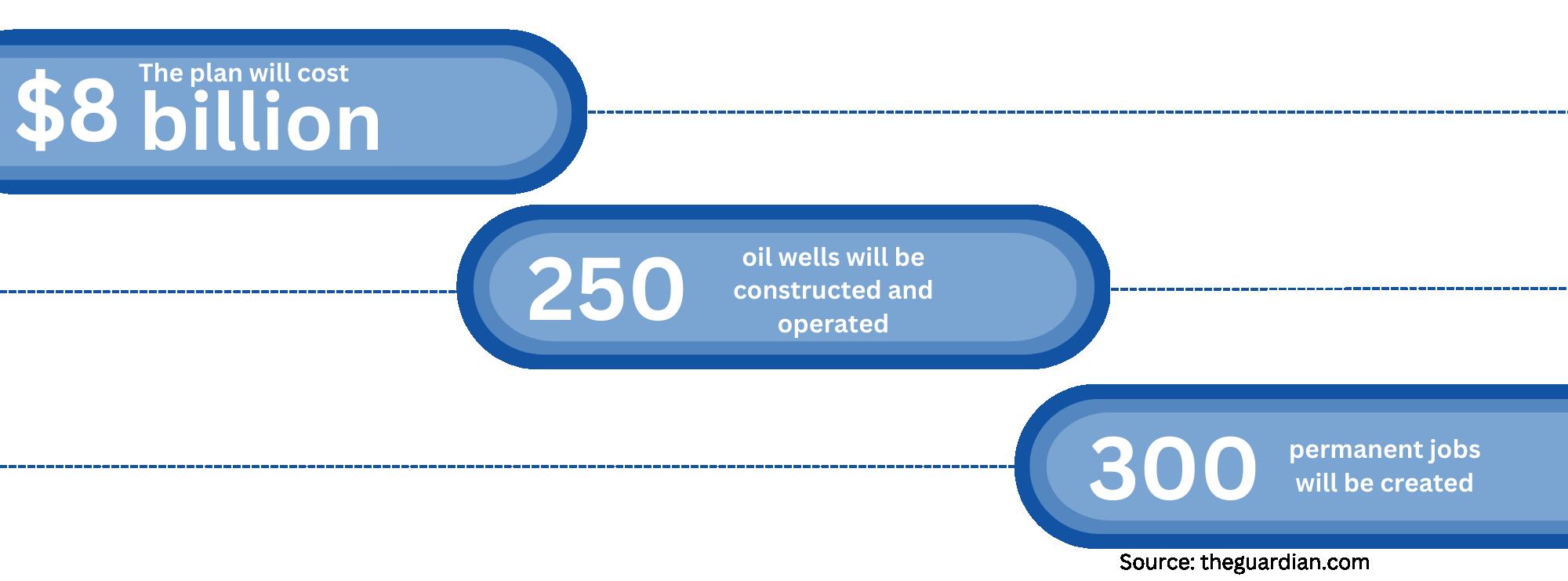
1 minute read
Approval of Willow Project leads to economic and environmental dispute
By Grace Cueter, Alyssa King & Troy Lipscomb EDITOR-IN-CHIEF, DISTRIBUTION MANAGER & STAFF REPORTER
GRAPHIC | Katie Madigan
Advertisement
Debate surrounding the ConocoPhillips Willow project intensified when the Biden administration approved the plan on March 13. The project is an oil drilling plan on Alaska’s North Slope within the National Petroleum Reserve. The process is predicted to take 30 years, as the federal land holds more than 600 million barrels of oil. According to BBC, more than one million letters have been written to the White House opposing the project’s approval and over three million have signed petitions on change.org in an effort to stop the plan.
The project's proponents' main focus revolves largely around the potential economic benefits, whereas opponents center their argument around the predicted environmental consequences of drilling. Sophomore Marissa Ford is against the plan, as she believes it is a step back in achieving a safe and clean environment.
“My reaction to the project approval was disappointment because it is setting us backward and polluting the earth even more,” Ford said.
Concerns regarding the project’s implications include harm to animals, specifically those near the drilling site, and the predicted increase in carbon emissions. Earth Science teacher Lori McCain is fearful of the emissions’ effects on the atmosphere.
“I know for this project, they said it's going to release a lot of carbon, higher amounts than normal, which obviously, will contribute to the higher carbon rates in our atmosphere, and then in turn global warming,” McCain said.
A projected 277 million tons of carbon dioxide will be released into the atmosphere as a result of the Willow Project, according to the Carnegie






